Understanding the Basic Concept and Function of a Worm Gearbox
A worm gearbox, also known as a worm drive, is a type of gear system that consists of a worm (which is a screw) and a worm gear (which is similar to a traditional spur gear). Its primary function is to transfer motion at 90 degrees and reduce rotational speed, which allows for higher torque transmission. This mechanism is particularly significant in industrial and mechanical applications, including wind turbine operations, due to its compact size, high reduction ratio, and ability to handle heavy loads with limited space.
The Working Principle of a Worm Gear Reducer in Wind Turbines
In a worm gearbox, the worm gear and worm engage with each other to transmit motion and power. The worm, typically driven by a motor, rotates and its threads push and turn the worm gear. This engagement results in a slower rotational speed for the worm gear, thereby increasing the torque. In wind turbines, this mechanism enables the turbine blades to turn at a rate optimal for electricity generation, even if the wind speed varies.
Components of a Worm Gearbox
The Worm and Worm Gear
The worm is the primary driver in the gearbox. It is a cylindrical gear with one or multiple threads that resemble a screw. The worm gear, on the other hand, is a large gear with grooves that mesh with the threads of the worm.
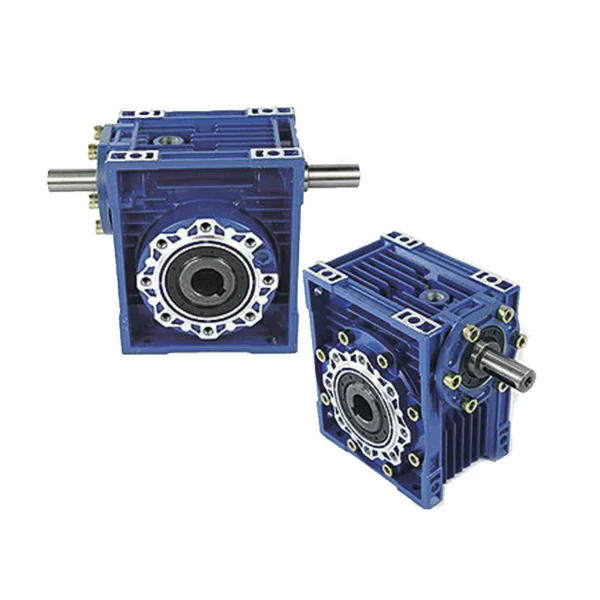
Input and Output Shafts
The input shaft is connected to the worm and driven by the motor. The output shaft is connected to the worm gear and delivers the reduced speed and increased torque to the wind turbine.
Why Worm Gearboxes are Suitable for Wind Turbines
- High Torque: Worm gearboxes provide high torque output, essential for wind turbines, especially when starting under heavy loads.
- Compact Design: Their compact structure allows for easy installation in wind turbines, which often have limited space.
- High Reduction Ratios: These gearboxes can achieve high gear reduction ratios, which is critical in converting high-speed wind energy into slow, more usable rotational energy for electricity generation.
- Self-locking Feature: Their self-locking ability prevents backdriving, providing a safety feature for wind turbines.
- Durability: Worm gearboxes are built to last, ensuring the longevity of wind turbine operations.
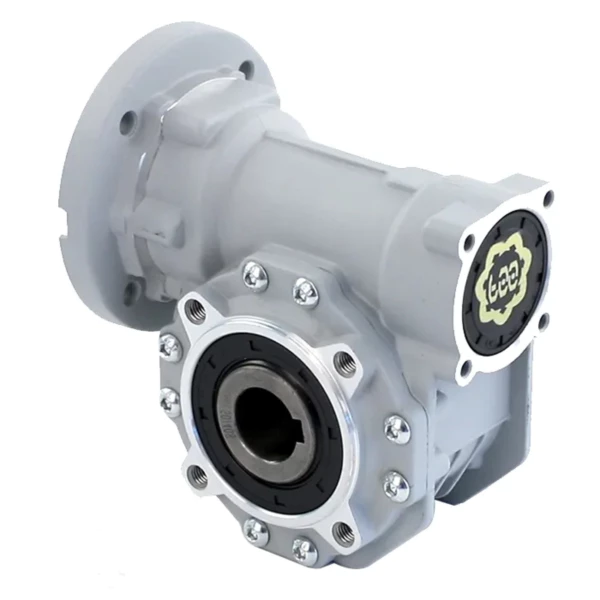
Features and Advantages of Worm Gear Motors
Worm gear motors boast high torque output, excellent durability, and smooth operation. They are also low-noise, low-maintenance, and can operate in challenging environments, making them ideal for wind turbine applications.
Selecting the Right Worm Gear Reducer for Wind Turbines
Choosing the right worm gearbox involves considering factors like operating conditions, desired reduction ratio, input speed, torque requirements, and gearbox size. It’s also crucial to follow industry standards and guidelines for wind turbine gearboxes.
Motors for Worm Gear Reducers
Motors and worm gear reducers work together to drive wind turbines. The motor powers the worm, which in turn drives the worm gear to reduce speed and increase torque. We also offer electric motors specifically designed to work with our worm gearboxes.
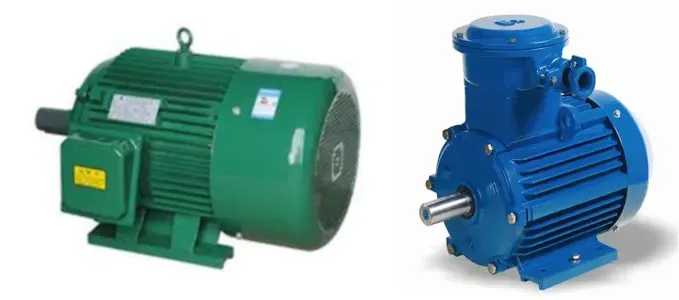
Choosing Us for Your Worm Gearbox Needs
We are a reputable manufacturer with over 15 years of experience in designing and manufacturing high-quality, efficient, and stable worm gearboxes. We serve clients across Europe, America, Africa, and Asia, providing excellent service, quality products, and competitive pricing.
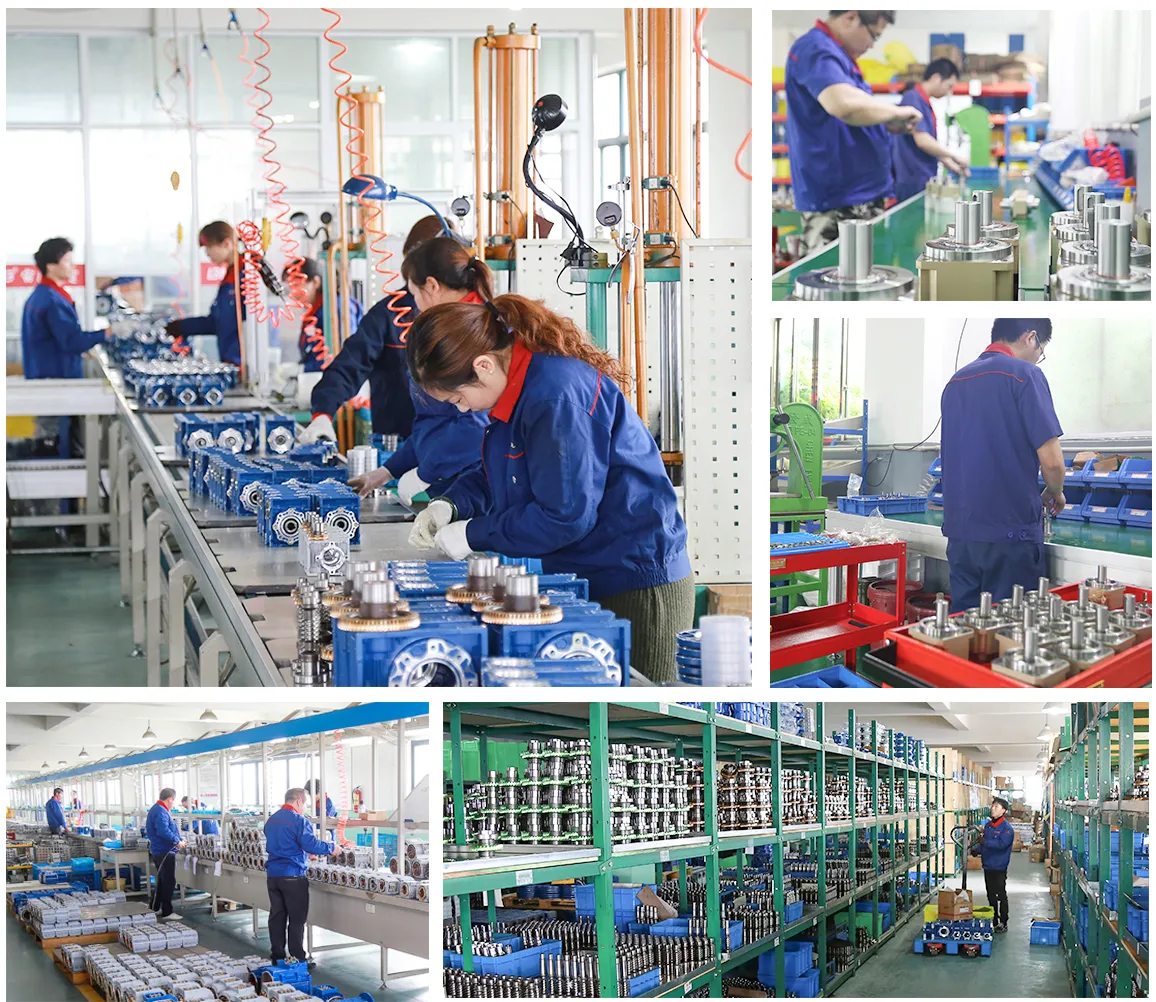
FAQs About Worm Gearboxes for Wind Turbines

What is the primary function of a worm gearbox in a wind turbine?
The main function of a worm gearbox in a wind turbine is to reduce speed and increase torque, enabling the turbine to generate electricity optimally.
Why is a worm gearbox ideal for wind turbine applications?
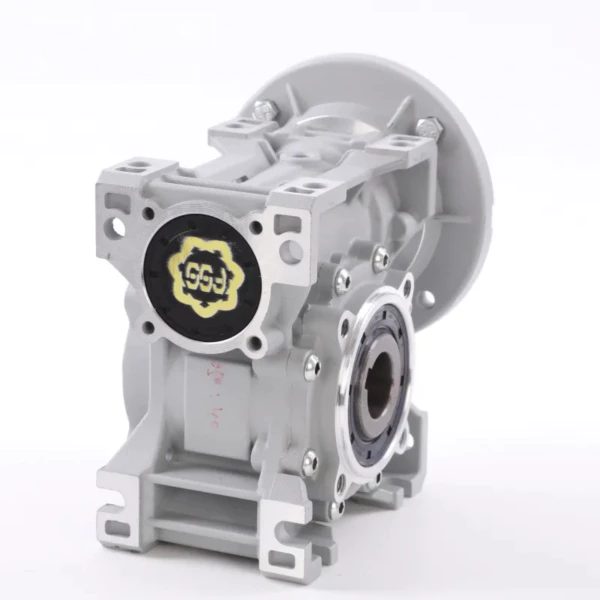
A worm gearbox is ideal for wind turbines due to its high torque output, compact design, high reduction ratios, self-locking feature, and durability.
What factors should be considered when choosing a worm gearbox for a wind turbine?
Factors to consider include operating conditions, desired reduction ratio, input speed, torque requirements, and the size of the gearbox.
Edited by Zqq.